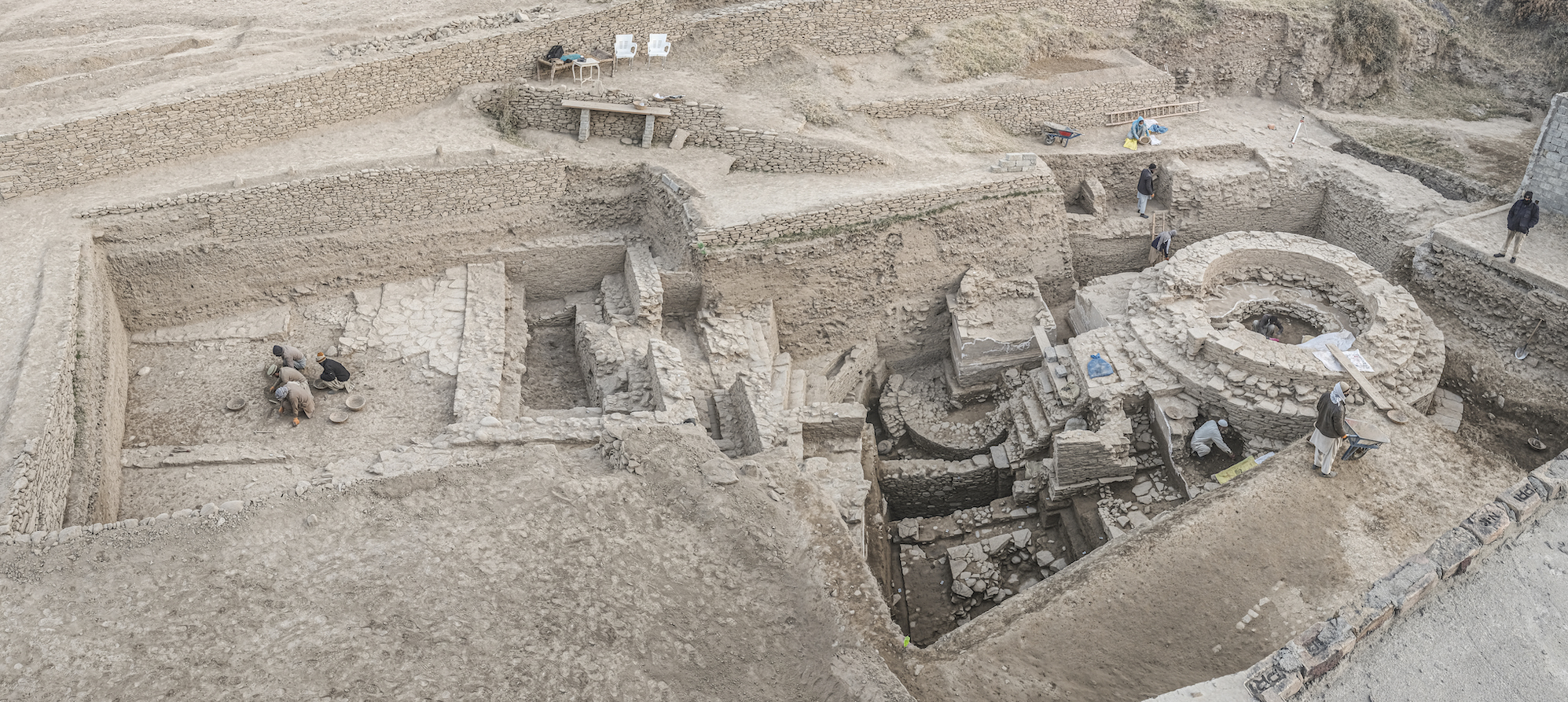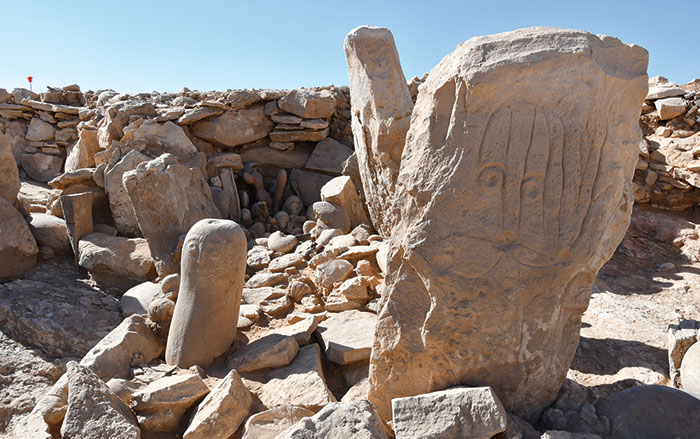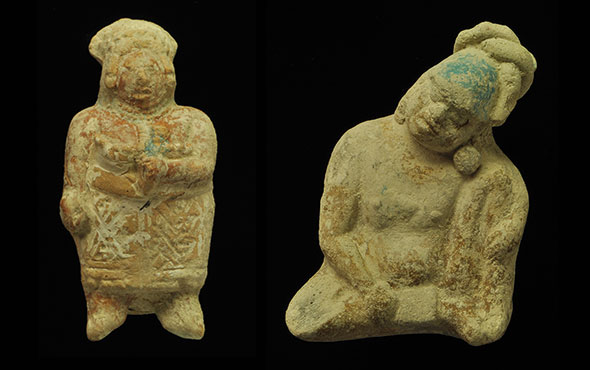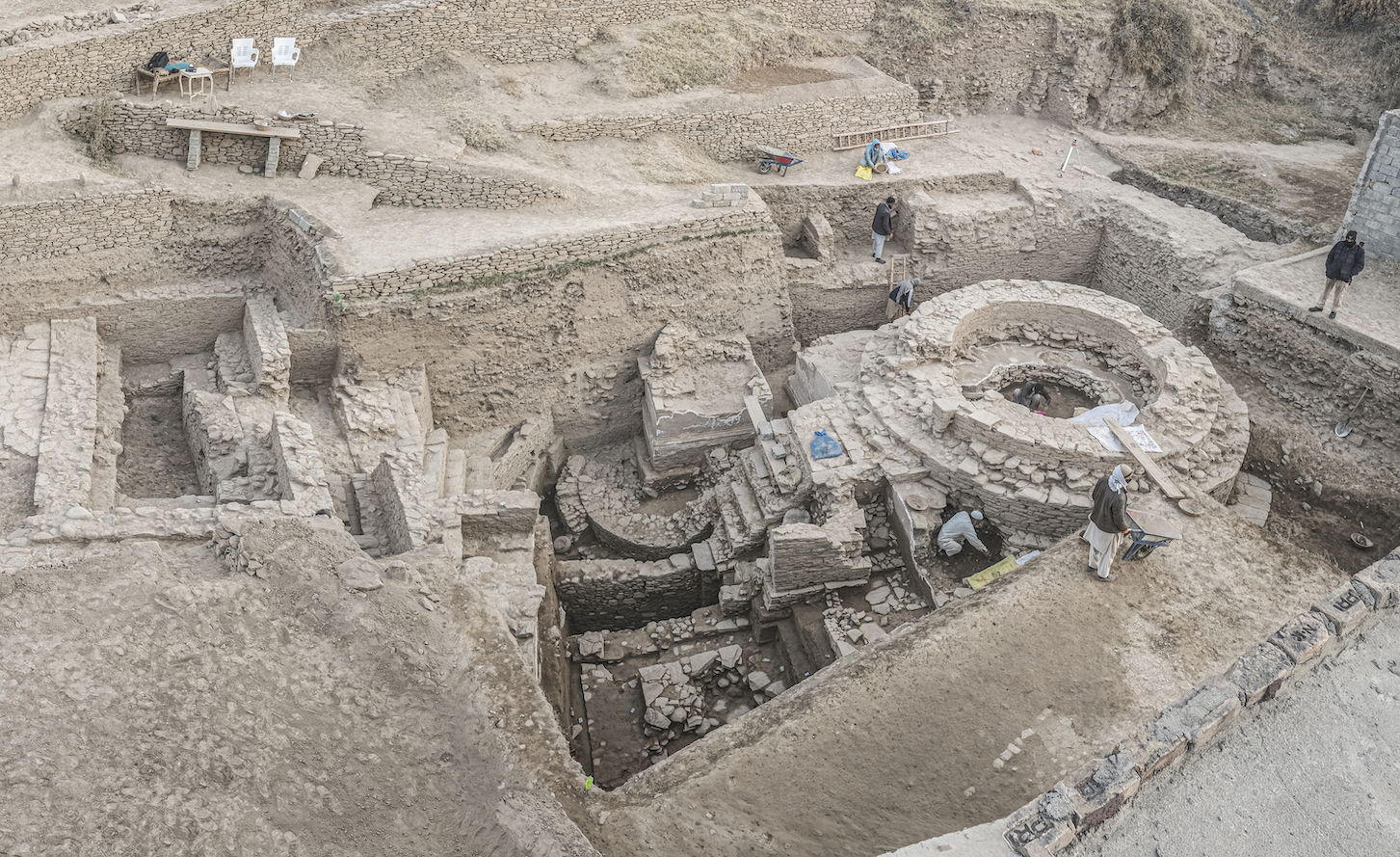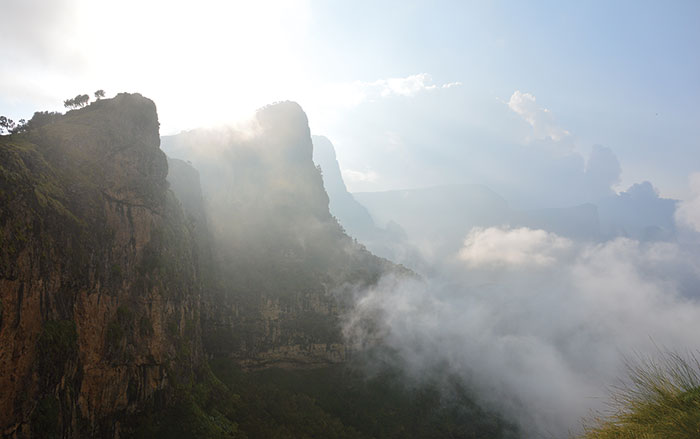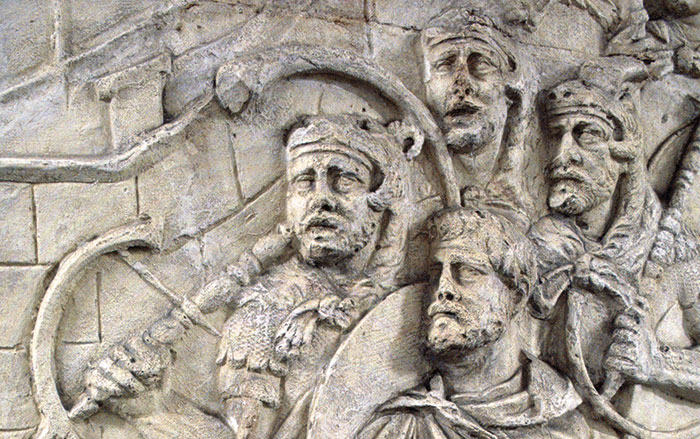
An inch-wide image of a deer’s head discovered at the base of a pyramid in the ancient city of San Bartolo is the earliest known notation from the 260-day Maya ritual calendar, which is still in use today. Translated by a team including archaeologists David Stuart of the University of Texas at Austin and Skidmore College’s Heather Hurst as “7 Deer,” the glyph represents a date and was painted around 250 B.C. as part of a mural decorating one of the pyramid’s interior walls. Eleven fragments of the mural bearing early Maya writing have been found, but the 7 Deer date is the only hieroglyphic inscription that has been deciphered thus far.

The team believes the glyph was painted by a scribe working in an artistic and literary tradition that was already quite old by the third century B.C. “The 7 Deer date has a graceful calligraphic quality,” says Hurst. “You can see the delicate flicks of the brushwork used to paint it.” Hurst explains that the day sign functioned as a kind of caption, perhaps marking an important date related to the role the pyramid played as part of a larger astronomical observatory. Stuart points out that 7 Deer is one of the dates the Maya still use to mark the beginning of the solar year. “It’s a New Year’s date,” he says. “This had to tie into the function of the pyramid as a kind of solar observation deck in the jungle.”




